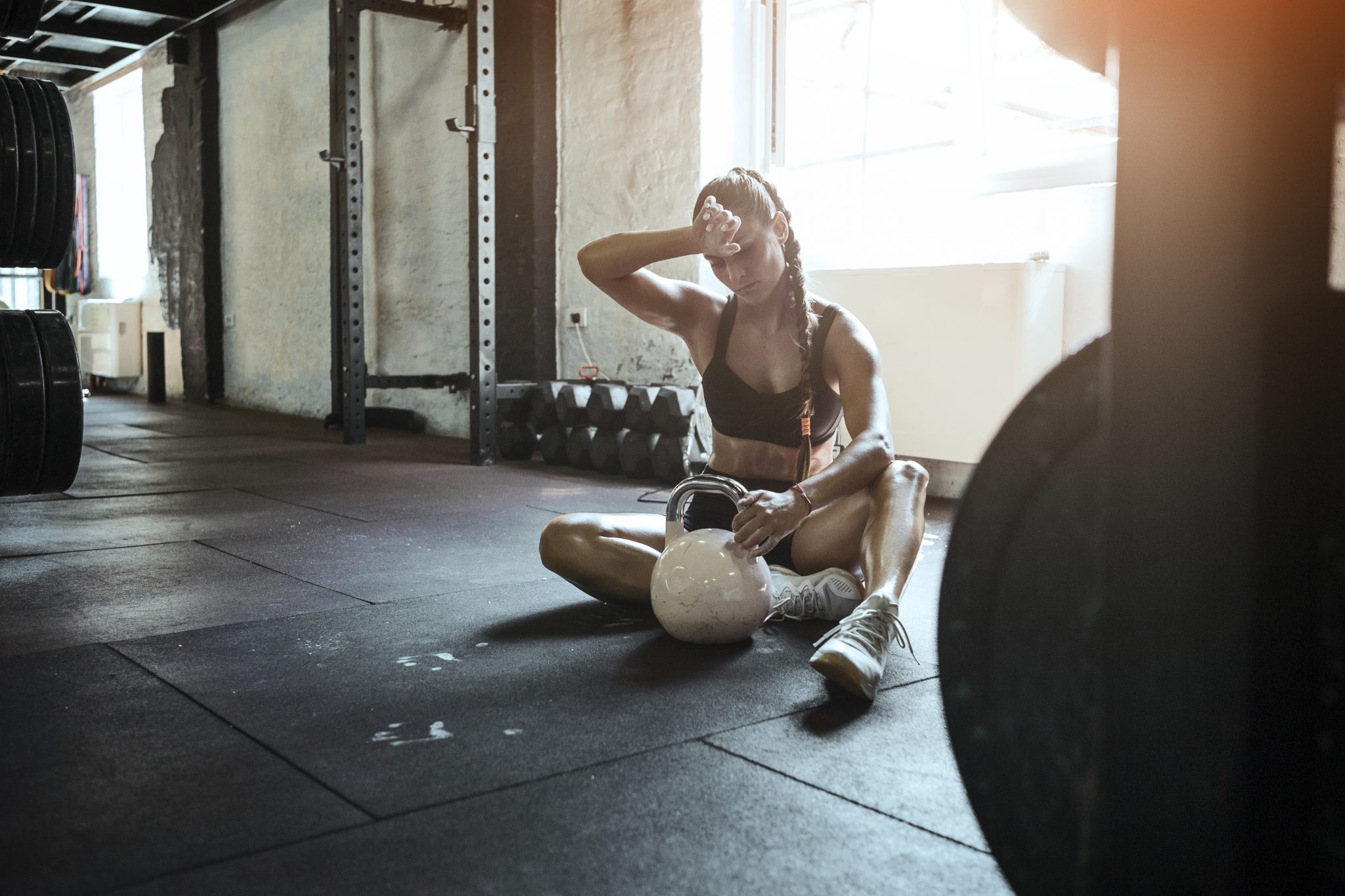Are you exercising too much during lockdown?
Too much exercise during uncertain times will only make the stress worse. We asked yoga teacher and founder of The Human Method, Nahid de Belgeonne, how we can better support our bodies and minds through our fitness routines.
It is clear that the pace of pre-lockdown life wasn’t sustainable. Many people were running on empty, always trying to do as much as possible whether that was working, socialising or exercising. For some, the first lockdown was actually a chance to slow down and destress. But that luxury has firmly ended after almost a year of restrictions, and it’s clear that this lifestyle is taking a toll in its own way.
For example, reliance on technology has become more intense as everything is done through computers and phones, from your job to entertainment and socialising. And fitness routines have, for many, become more serious as people are flooded with Instagram Lives at every second of the day and the “no excuses” brigade telling you that no gym is not a reason to reduce your exercise routine. Particularly right now, with January goal-setting on the agenda, your workouts might be a central part of your day.
You may also like
Coronavirus: The pressure to perform during lockdown is stopping us from achieving our goals
While working on our fitness goals is a good thing, it isn’t smart to go into workout overdrive just to make amends for the fact that your life might now be more sedentary than before. It might feel like daily bodyweight HIIT and working towards improving your 5k run time is less exerting than your pre-lockdown fitness routine which included commuting, weight training and spin classes, but the constant desire to go-go-go is the same.
This attitude is what Nahid de Belgeonne, yoga teacher and founder of The Human Method, calls “beast mode” – and she wants to see the end of it. “There’s this idea that we always have to really push ourselves to do the impossible in order to get good results,” she tells Strong Women. “I suppose it comes from the fact that we want to spend as little time as possible doing things but getting the biggest value out of it. Unfortunately, the body doesn’t work like that.”

In fact, despite what you’ve probably read about the body-hacking impact of high-intensity workouts and no rest days, Nahid says that it’s probably doing more harm than good. “If you’re really exhausted and stressed, going for a gentle run might be nice because being outside is good for our stress levels.
“But if you go out without putting to bed the stress from the day, pushing to do your personal best rather than enjoying the process, then you’ll simply be taking that hard attitude into your exercise and ramping up your cortisol levels.”
Given how beneficial exercise can be to reduce stress levels, it is counterintuitive, if not downright silly, to be getting the opposite effect out of our workouts. And it’s not just your mental health that suffers, but the entire body. Nahid explains that when exercise is used to increase stress, rather than get rid of it, the cortisol becomes trapped with no outlet: “It just sits in us and starts to burn through the lining of fascia, creating dysfunction throughout the body.”
“We all feel it in our bodies when we push ourselves and we’re not enjoying it. Often that’s when people have injuries – when you’re running and you turn an ankle or knee because you’re just so out of touch with your body.”
You may also like
How to work out at home and not risk an injury, according to PT Alice Liveing
How to turn off beast mode
If you think you’re in beast mode, overtraining and pushing your body to extremes, how do you tune in to what the body actually wants?
Find the cause
“If you have stress or anxiety, deal with that first,” says Nahid. That means that rather than attempting to de-stress through exercise, you need to take the time to consider what the actual root cause of the problem is. “We’re all feeding off of the current global anxiety, but it also means that we are all in a good place to receive things like breathing, restorative yoga and mediation.”
Take some time
Before exercise, tune in to yourself. “I would do something like breathwork, or even just lying on the ground to let the muscles release. Give that 10, 15, 20 minutes and it will be really apparent what you need when you come out of it,” says Nahid. “I don’t believe in just floating about doing nothing: I run and I box, and I do kettlebell workouts, but I know when I have to tend to myself.”
Spread it out
Balance out your movement time throughout the day, advises Nahid, rather than going hard for one short burst. “The body wants to move all of the time throughout the day. If you’re sat down all day, that one hour you spend working out won’t counteract all of the hours that you spend doing not very much physically,” she explains. “It leads us to being really wired but really tired. The muscles just feel constantly knackered, but they haven’t really been used.”
Prioritise mornings
However, if you do want to get sweaty, try to do the most intense forms of movement early in the day. “I do all of my cardio in the morning, because by the time you get to the evening you want to be winding down to sleep. You don’t want to get your body temperature up as that’s not conducive to sleeping.”
Follow @StrongWomenUK on Instagram for the latest workouts, delicious recipes and motivation from your favourite fitness experts.
Source: Read Full Article
